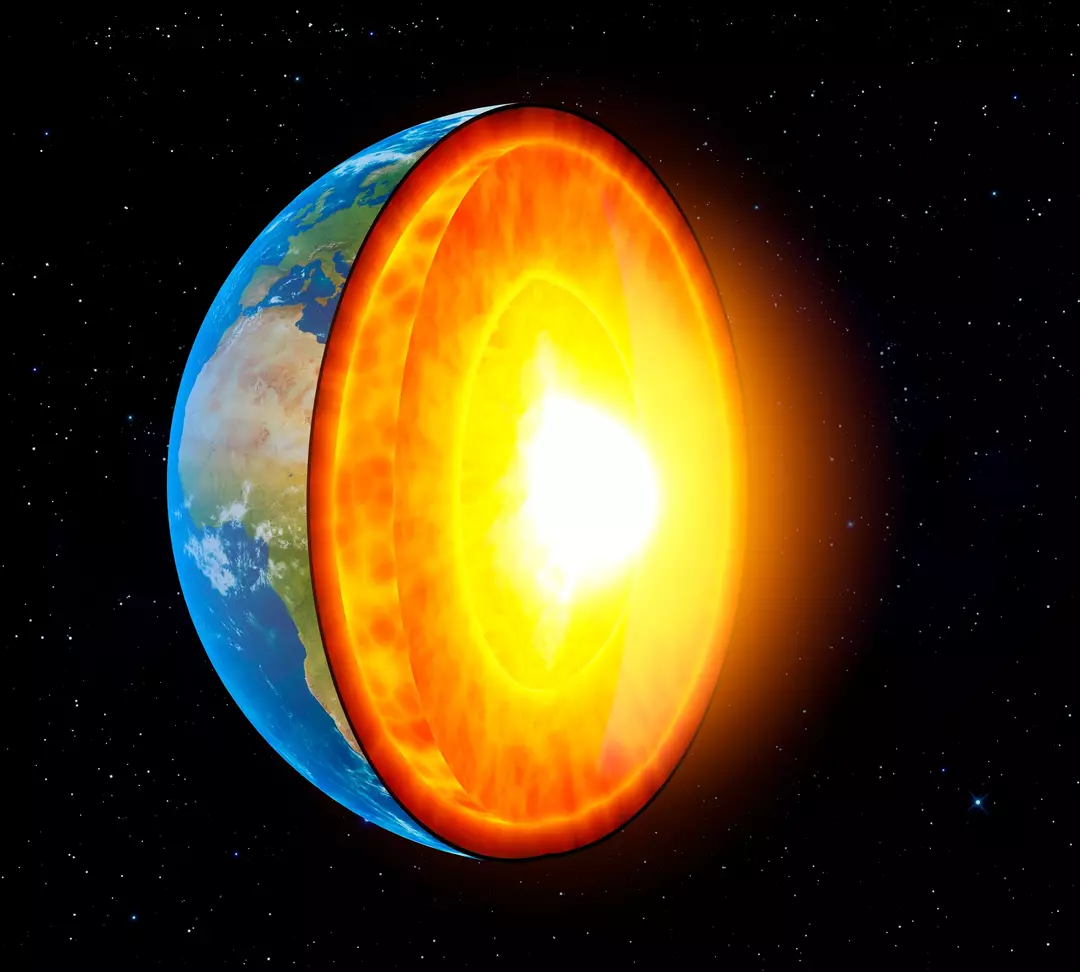Researchers believe they have finally unraveled the mystery of two peculiar ‘blobs’ situated deep within the Earth.
Known scientifically as large low-shear-velocity provinces (LLSVPs), these blobs were first detected over four decades ago through seismic data gathered during earthquakes.
One of these LLSVPs is positioned beneath Africa, while the other is located under the Pacific Ocean.
It is speculated that these formations have been around for hundreds of millions of years. However, recent times have seen various hypotheses regarding their nature and origin.
“These are not random oddities,” remarked geodynamicist Yoshinori Miyazaki from Rutgers University in a conversation with ScienceDaily.
“They are fingerprints of Earth’s earliest history. If we can understand why they exist, we can understand how our planet formed and why it became habitable.”

Miyazaki noted that at one time, Earth was enveloped in a sea of molten rock. As this ocean cooled, it gave rise to LLSVPs and ultra-low velocity zones.
“That contradiction was the starting point,” Miyazaki continued. “If we start from the magma ocean and do the calculations, we don’t get what we see in Earth’s mantle today. Something was missing.”
The research team suggests that over billions of years, materials such as silicon and magnesium might have seeped from the core, forming the LLSVPs and ultra-low velocity zones with their unusual material composition.
“What we proposed was that it might be coming from material leaking out from the core,” Miyazaki explained.
“If you add the core component, it could explain what we see right now.”

This proposed sequence of events might also aid scientists in comprehending how life originated and why Earth became habitable, contrary to planets like Mars and Venus.
“Earth has water, life and a relatively stable atmosphere,” Miyazaki stated.
“Venus’ atmosphere is 100 times thicker than Earth’s and is mostly carbon dioxide, and Mars has a very thin atmosphere. We don’t fully understand why that is. But what happens inside a planet, that is, how it cools, how its layers evolve, could be a big part of the answer.”
Ultimately, studying these ‘blobs’ has enabled scientists to deepen their understanding of Earth’s formative stage and evolutionary process.
Jie Deng of Princeton University, a co-author of the study, elaborated: “This work is a great example of how combining planetary science, geodynamics and mineral physics can help us solve some of Earth’s oldest mysteries.
“The idea that the deep mantle could still carry the chemical memory of early core-mantle interactions opens up new ways to understand Earth’s unique evolution.”

